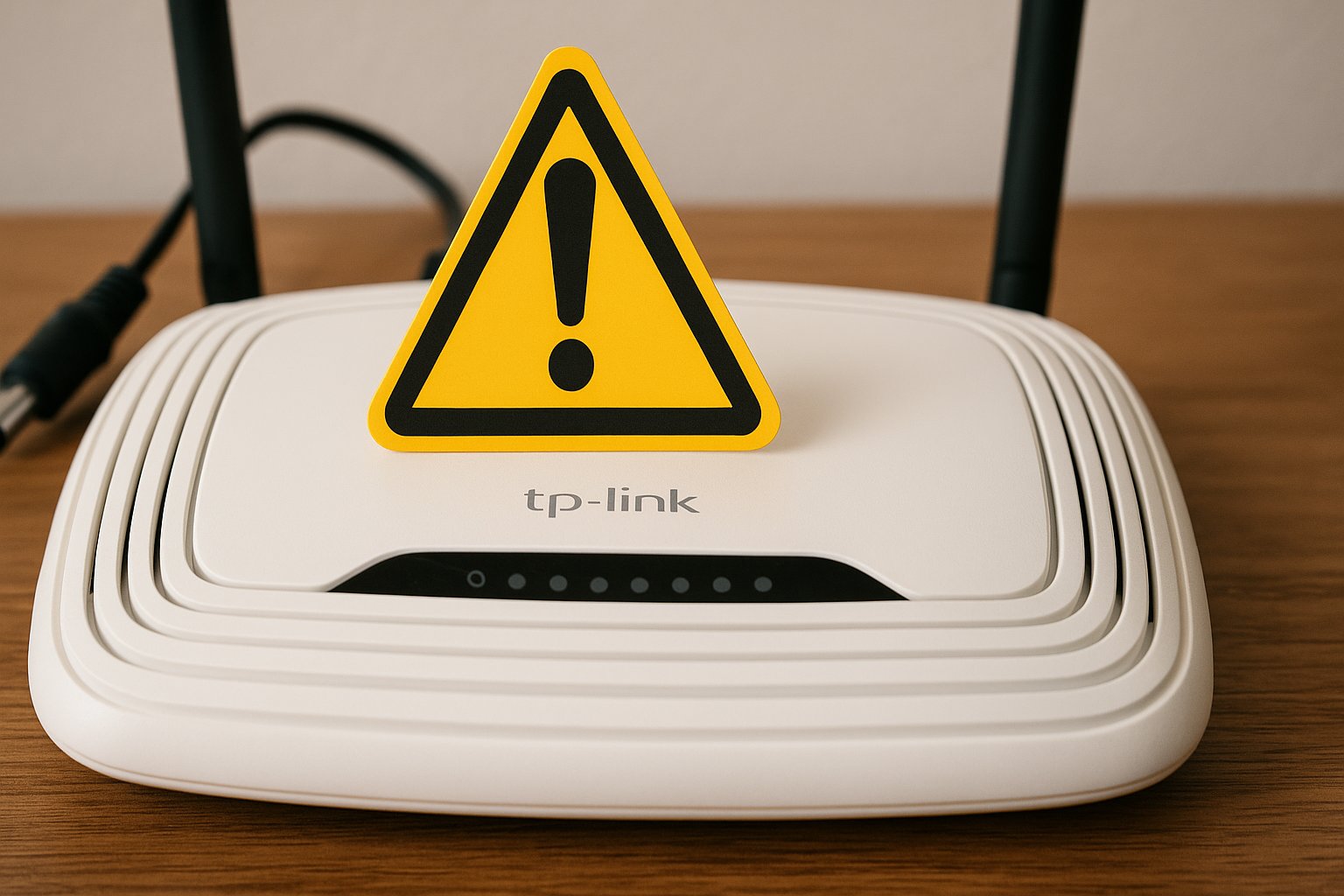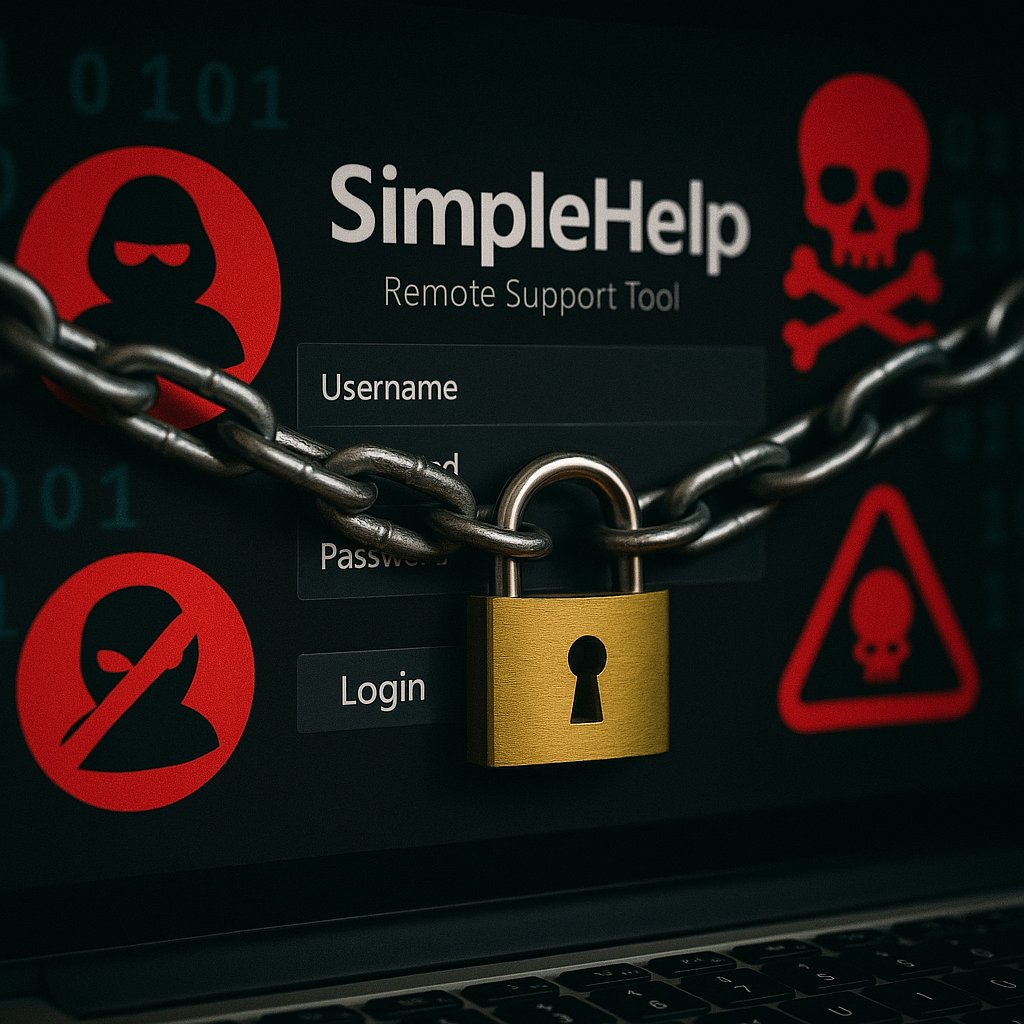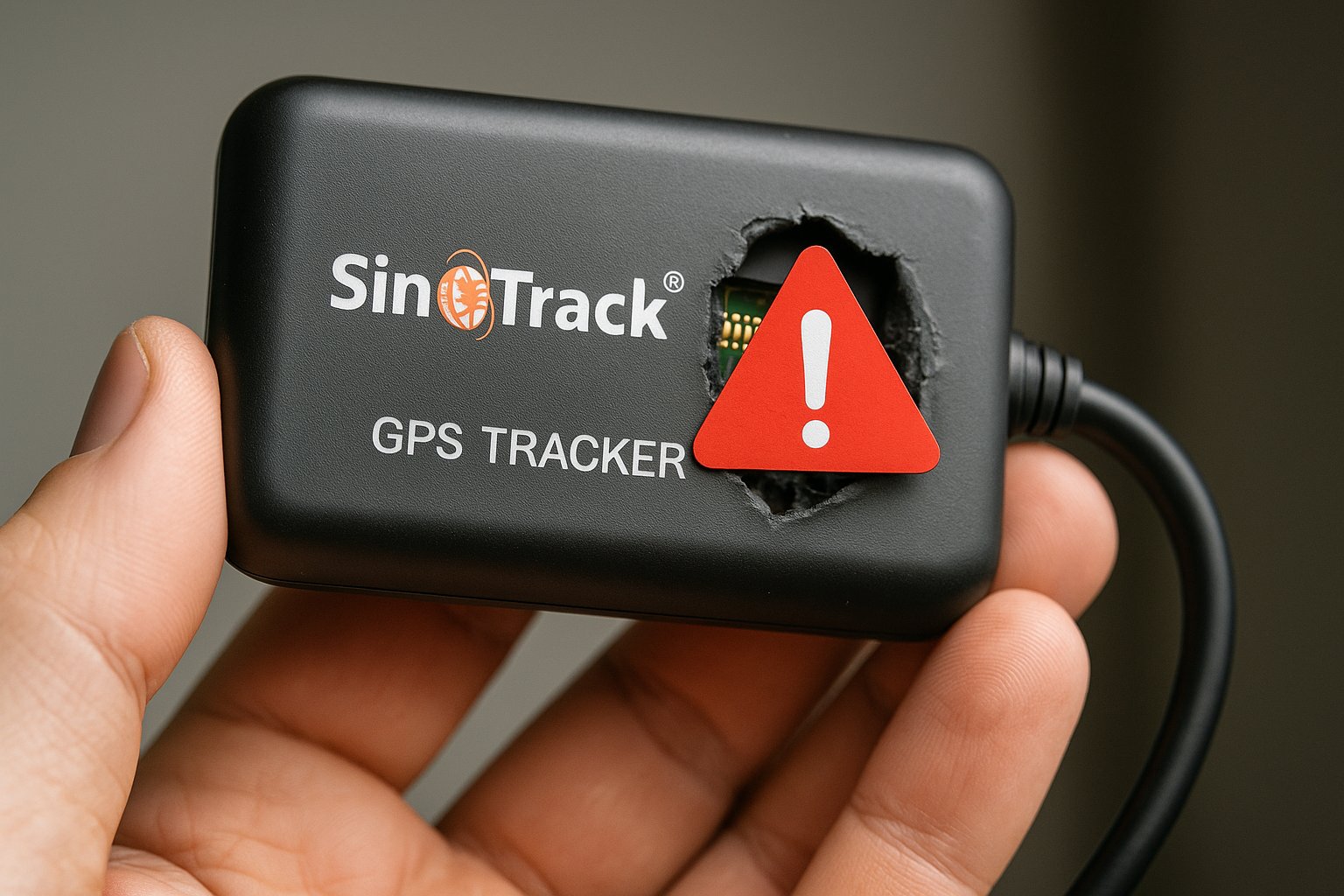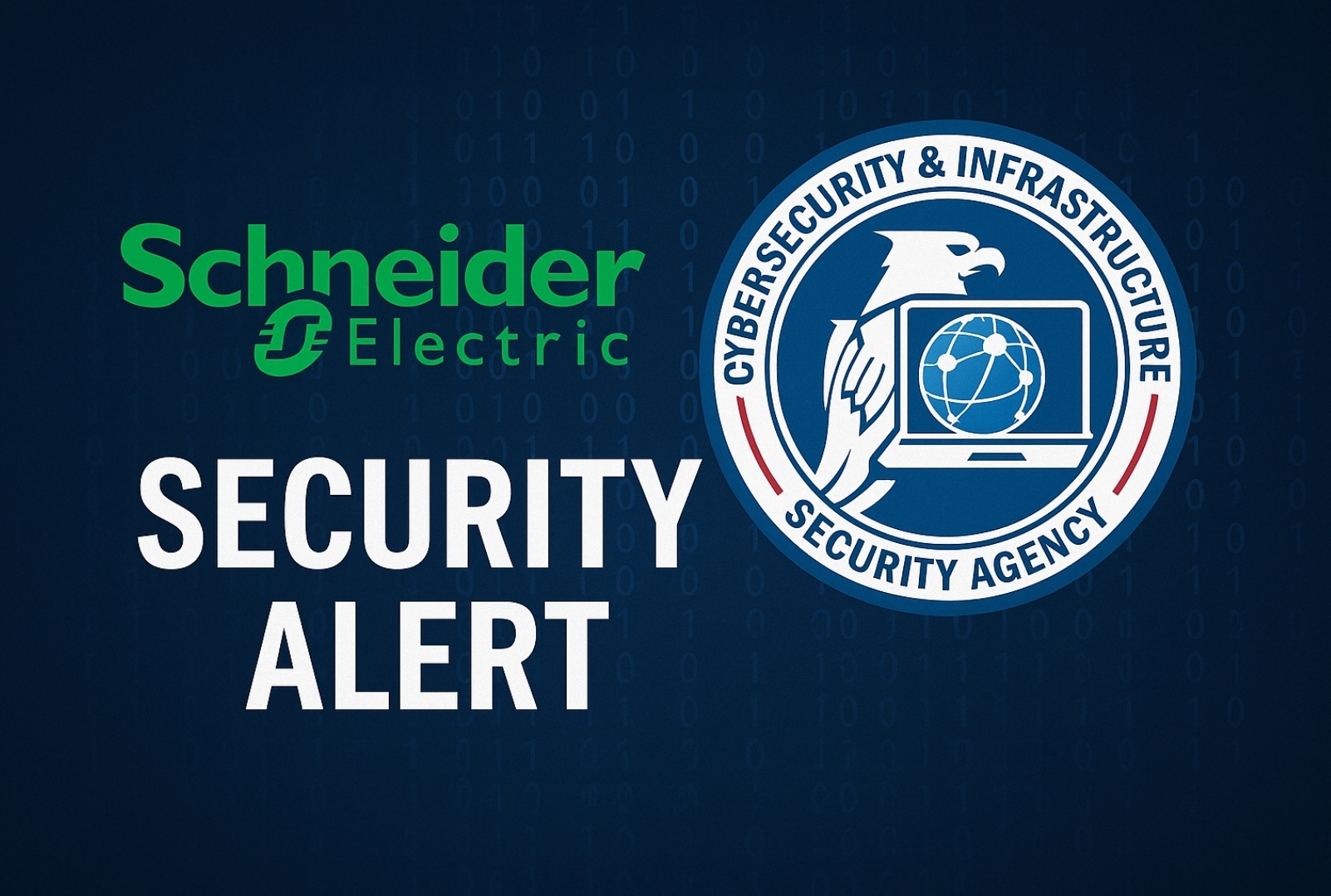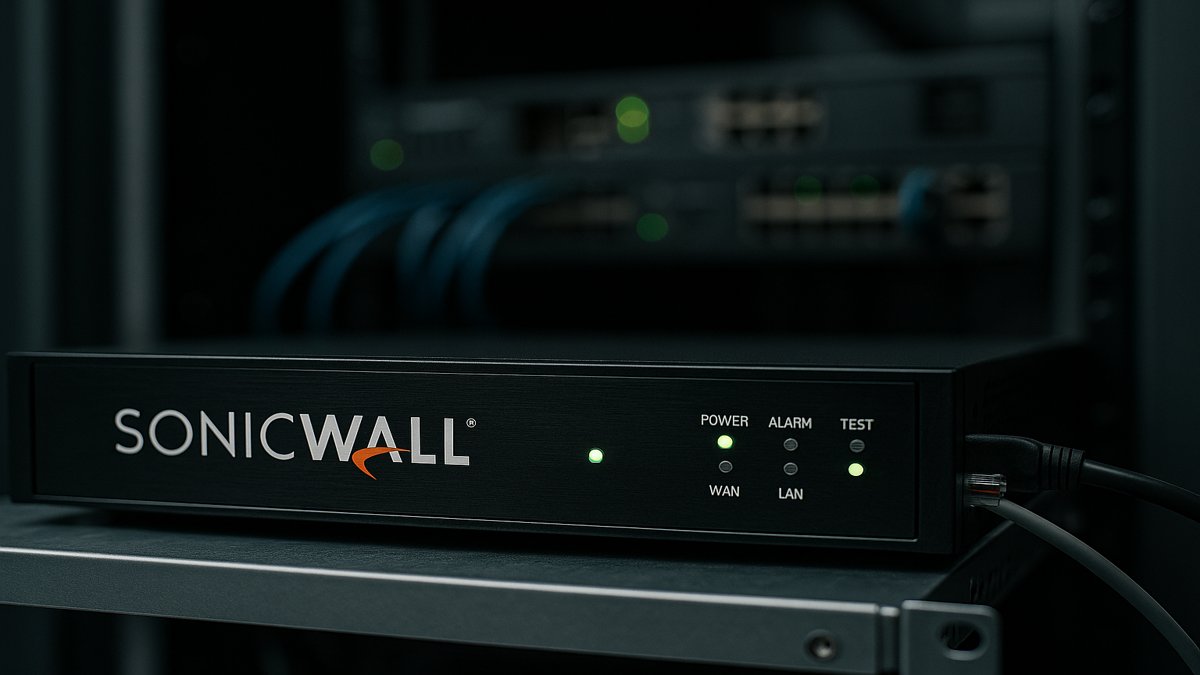CISA
-
CISA Warns of Critical Vulnerability in TP-Link Routers Amid Active Exploitation
CISA has identified a critical vulnerability in TP-Link routers, urging users to take immediate action as evidence of active exploitation emerges. The agency’s guidelines are designed to mitigate the risks associated with this command injection vulnerability, affecting multiple router models.
-
SinoTrack GPS Vulnerabilities Expose Vehicles to Potential Attacks
Vulnerabilities in the SinoTrack GPS tracking platform may allow attackers to track vehicle locations and control vehicle functions. CISA warns users to change default passwords and protect device identifiers.
-
CISA Warns of Ransomware Threats Exploiting SimpleHelp Vulnerabilities
CISA warns that ransomware actors are exploiting unpatched SimpleHelp vulnerabilities to target utility billing software providers, urging organizations to update their systems and implement security measures to prevent attacks.
-
CISA Highlights Security Flaws in SinoTrack GPS Devices
CISA warns SinoTrack GPS device users about critical vulnerabilities allowing unauthorized access. Affected devices could be remotely controlled, including tracking vehicles and cutting off fuel. Users are urged to change default passwords immediately.
-
Schneider Electric Devices Face Critical Vulnerability Risk
CISA has issued a security alert regarding critical vulnerabilities in Schneider Electric’s products, urging immediate action to mitigate risks and promoting best practices for cybersecurity.
-
CISA Reports Cyber Threats Targeting Commvault’s Azure SaaS Applications
CISA has issued a warning about cyber threat activity targeting Commvault’s Azure-hosted applications, potentially compromising client secrets and customer data. The agency has recommended preventative measures to safeguard against such attacks.
-
Google Fixes High-Severity Chrome Vulnerability Amid Ongoing Attacks
Google has fixed a critical vulnerability in Chrome, CVE-2025-4664, being actively exploited by attackers. CISA’s inclusion of this flaw in its known exploited vulnerabilities list underscores urgent calls for browser updates among federal agencies and private organizations alike.
-
Surge in Vulnerabilities Plagues SonicWall Devices, Heightening Cybersecurity Concerns
SonicWall faces a surge in vulnerabilities affecting its devices, with 20 disclosed in 2025, raising cybersecurity concerns as attackers exploit these weaknesses. The company’s efforts to patch vulnerabilities and enhance security features are underway as the threat landscape evolves.
-
Cybersecurity Community Breathes a Sigh of Relief as CVE Database Funding Extended
The cybersecurity community expressed relief following an 11-month funding extension for the CVE database, which will continue operations after concerns of a shutdown. Industry leaders stress the importance of establishing a long-term plan for its future to maintain effective vulnerability management.
-
CISA Issues Warning on Cybersecurity Vulnerabilities in US Oil and Gas Sector
The Cybersecurity and Infrastructure Security Agency (CISA) has warned about the risk of cyberattacks on the US oil and gas infrastructure, highlighting systemic vulnerabilities and the importance of basic cybersecurity practices.

